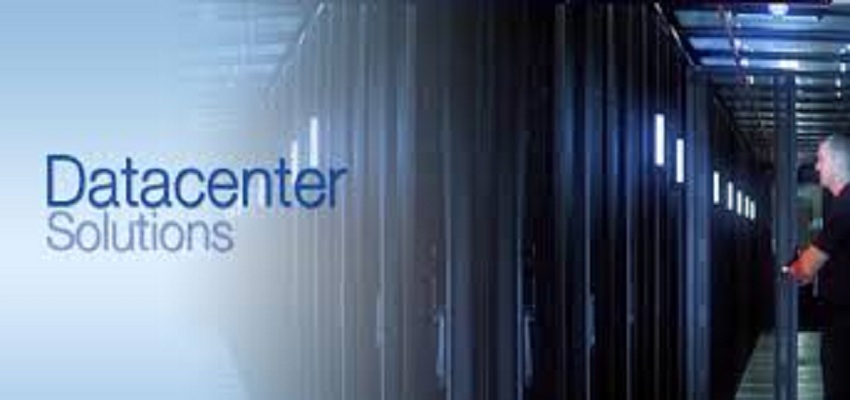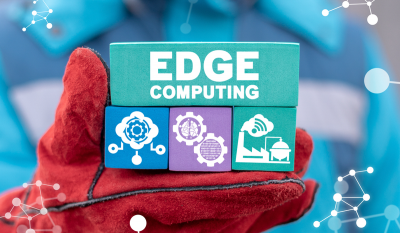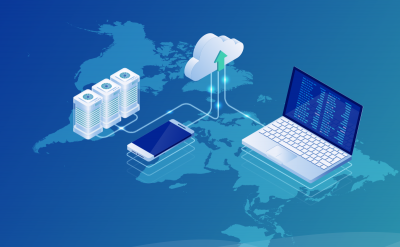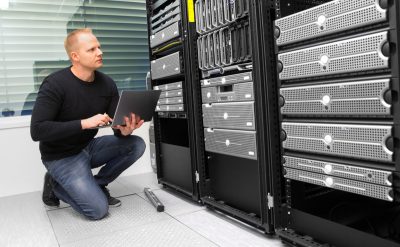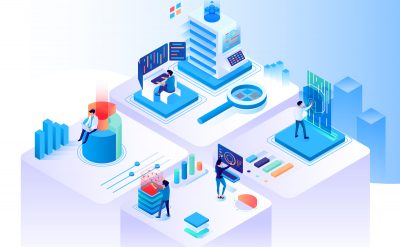Enterprises today are hitting roadblocks with old age data centers that are crippling technological innovation. Many enterprises that are adopting data center on various stages are fast complaining about different activities in a data center- Why my data center is so big? Is my data center broken or too slow? Why my data center not cost-effective, efficient and responsive according to my needs? Enterprise IT architectures are struggling to keep up with accelerating business demands for better storage and computing resources. This has led to many organizations unable to take advantage of new technology developed to improve the performance, economic growth, and the current IT infrastructure. According to a survey, 42 percent of the IT leaders will face important questions while building a data center in 2020. Most of these companies have to deal with complicated data security decisions on whether to hire a vendor or develop an in-house data center. Data centers today don’t have to be bigger and more expensive, they have to designed and managed to keep in mind the different requirements of an organization.
1. Modularization
The building blocks of today’s data center are quite different from the data center build in the past. As new technologies get inculcated in data center infrastructure each year it becomes more complex for data center managers. Module design helps in creating a compatible framework and console across various networks, server and storage facilities. Modularization helps enterprises to add and build blocks as the requirement in data center changes. Modularization has impacted the evolution of data centers, from 40-foot long shipping containers filled with racks of equipment to compact computing power of a single rack. The prime example of Virtual Computing Environment (VCE) is a pre-engineered data center containing servers, network switch and storage devices. For many organizations establishing a data center privately can be quite costly, priced at a higher range of $500,000 or more. There are also many vendor-defined data centers that charge according to your requirement and usage. Modularization truly means that building blocks can be added or removed from any existing infrastructure. This creates an environment of flexibility without relying on an existing infrastructure to fulfill the needs of the future. The old approach that was applied to the data center to a single device can control the function of computing and storage. This reduced mobility and transition of technology during outage paving the way for the converged data center.
2. Assembly the Data
Enterprises all over the world are now moving towards a single point or single assembled data center. The main reasons being fewer dedicated resources, economical in terms of infrastructure and maintenance cost and efficiency in relation to the storage. Storage convergence was first applied when we saw hard disk drives migrating from the servers to a centralized storage space. The storage facility is connected through a high-speed internet and with flash memory in the enterprise to create a hybrid storage solution. Such type of assembly is 100 times faster than old architectures. The data center is combinations of server and storage needed to power all applications and workload. This leads to better scalability, without any extra investment in hardware or networking equipment.
3. Hardware as a differentiating point
Google has recently grown its web search and other cloud services using low-cost hardware promoting the distributed software. Traditional organizations that had data centers are facing investment issues because after every three to five years the given hardware becomes a technology roadblock and it’s imperative to replace them with newer and expensive equipment’s. In the data center, you can reap the benefits of cloud providers with hardware as a commodity. A distributed software layer powers the low-cost hardware that delivers the most aggressive capacity of the data center.
4. End users holding the key
Data centers today need to be more resilient and reliable to deal with traditional data needs but also deal with increasing demands. Modern day users rely on the growing demand for applications ranging from mobility for employees and flexibility of infrastructure for the organizations. End-user computing is important as the increase in a number of enterprise devices, and applications accessing the data center and securing the overall infrastructure for both the user and organizations network.
5. Hybrid and service
Organizations are dealing with a hybrid to have a more cost-effective approach to the cloud data center. Public cloud is specifically used for the data that is not critical for the business while a private cloud is used for confidential data. Hybrid cloud is an ideal example of corporations dealing with two different datasets. Amazon Web Services (AWS), VMware, Microsoft, Rackspace and many more are the providers of hybrid cloud infrastructure. Continuity is service of prime importance as more and more critical data and applications are shifted on the cloud. Data centers today should be based on continuity of service rather than on recovery. Re-architecting data centers mean distributing applications across multiple sites, or data centers. Distribution of data across the globe means better up-time in case of a disaster in a specific region.
Conclusion
Building a private data center can be a costly proposition with the requirement of resources to manage hardware and software. Cloud providers maintain both private, public and hybrid data centers that can be the cost-effective approach towards having a remote data center. Cloud data centers are more cost-effective and improved scalability for the enterprise.
For more information, you can download our white papers on Data Center solutions.































































